Three hundred years ago this spring, a sudden and terrible storm drove the infamous pirate Black Sam Bellamy’s ship into the shoals of outer Cape Cod, bashing the Whydah to pieces off Wellfleet Beach, drowning Bellamy and most of his crew before they could reach their intended rendezvous point off the Maine coast.
Now many artifacts from the pirate wreck – including cannon, gold coins and muskets – are on display here at the Portland Science Center, the latest stop for his National Geographic-sponsored traveling exhibition, “Real Pirates.”
“Most of what’s out there about the pirates is all myth and fantasy and Johnny Depp, but what we have here is real,” said Barry Clifford, the underwater explorer whose team found the Whydah in 1984, as he helped unpack and assemble the exhibit in Portland last month. “Don’t believe everything you read and hear – that’s what it’s taught me. Use your eyes, your ears and your own intellect.”
But Clifford’s handling of the Whydah and other shipwrecks has come under fire from a range of critics who accuse him of being something of a pirate himself, mishandling archaeological sites, telling tall tales to further his interests, and intimidating people who stand in his way.
“I think Barry Clifford is just a journalism attraction,” says Ulrike Guerin, secretary for the Convention of the Protection of Underwater Cultural Heritage at UNESCO headquarters in Paris, which issued devastating assessments of Clifford’s handling of wreck sites in Haiti and Madagascar after being asked to review them by those countries’ governments. “There was no real archaeological work and (there was) destruction to the site,” she says of his activities in Madagascar, where Clifford claimed to have found Captain William Kidd’s ship. “This is treasure hunting behavior.”
NOTORIOUS PIRATES HAD POWER
Whether archaeologist or treasure hunter, Clifford has assembled the most extensive collection of artifacts from the golden age of piracy, a 10-year outbreak in the early 18th century largely conducted by a single gang of pirates from their shared base at Nassau, in the Bahamas. This gang included many of the most famous pirates in history, including Blackbeard, Charles Vane, Calico Jack Rackham, the women pirates Mary Read and Anne Bonny, the gentleman pirate Stede Bonnet and, of course, Bellamy.
One reason these pirates have kept their hold in the public imagination is because of their success: At their zenith in 1717 and 1718, they had paralyzed the commerce of three empires, terrorizing entire colonies and turning the naval warships tasked with policing the Atlantic into prey. Bellamy and others commanded swift, powerful, overmanned warships like the 300-ton Whydah, capable of overwhelming most any opponent.
Most disruptive, however, was their ideology. Many were former sailors who saw themselves as engaged in a social revolt against the shipowners and captains who had made their lives miserable. They elected and deposed their captains by popular vote, divided their plunder equally, and often welcomed escaped African-Caribbean and African-American slaves into their crews as equals.
Colonial officials lamented the wide public support the pirates had among ordinary people and feared that if the pirates attacked their settlements, it would prompt mass slave uprisings.
Witnesses confirmed that Bellamy’s crew was particularly idealistic, at least in matters of class if not race. In one action, they referred to themselves as Robin Hood’s men. “They vilify us, the scoundrels do, when there is only this difference (between us and them),” Bellamy reportedly told one of his captives. “They plunder the poor under the cover of law … and we plunder the rich under the cover of our own courage.”
Bellamy was also one of the most feared pirates, commanding a flotilla of armed vessels and a 30-gun flagship, the captured French slave ship Whydah, and hundreds of crewmen. By early April 1717, he was headed north up the Eastern seaboard in the general direction of Maine. Other vessels in his squadron made it to Monhegan and Damariscove Island (off Boothbay) where they awaited a rendezvous. But the Whydah never arrived.
Controversial salvage
In 1984, Clifford’s team discovered the remains of the Whydah in the surf off his native Cape Cod. According to Stephen Kiesling, who was hired to co-write a book about the project with him, Clifford rushed to expose the Whydah site as fast as possible before the arrival of an archaeologist, who under Massachusetts law was supposed to be overseeing the work.
“They opened up the entire area to see what was there and, in doing so, they homogenized it,” recalls Kiesling, now editor of a spirituality and health magazine in Oregon. It was the classic treasure hunters’ m.o., he says. “You go in, you find the thing, you immediately dig it up to see if anything is there, and after that you call in the archaeologists and authenticate it so you can start making money off it.”
Asked about Kiesling’s accusations, laid out in detail in a self-published book, “Walking the Plank: A True Adventure Among Pirates,” Clifford’s face flashed with anger. “Why would you ask me that?” he said. “I don’t have any comment on that. … It’s nothing to do with what we’ve done.”
Rob McClung, one of Kiesling’s key sources, was a childhood friend of Clifford’s, a former sheriff of Aspen, Colorado, and in the 1980s, Clifford’s business partner and right-hand man, raising money from investors, introducing Clifford to the Kennedys and running Clifford’s dive operations on the Whydah and other wrecks. He says Clifford would plant artifacts from one wreck site at another, or put previously salvaged artifacts back on the seafloor so he could “discover” them in front of camera crews.
“I tell you it was an ongoing fiasco, because the biggest problem we had was Barry,” McClung said by telephone from his home in the former Panama Canal Zone. “In a nutshell, Barry was the ringleader, a Barnham and Bailey circus. … I spent six years with Barry trying to run that project, and every time I turned around, I felt like I was being railroaded and he would ask me to say things that weren’t true.”
McClung says he’s the one who in 1985 discovered the Whydah’s bell, which stated the ship’s name and thus removed any doubt that they had found Bellamy’s ship. He says he had it raised and brought to the lab to be cataloged before calling Clifford, who was in New York at the time. “He went ballistic,” McClung says. “So Barry flew back up to the Cape, we loaded everything, took it back to the site, and put it back in.” Shortly thereafter, Clifford had him raise it again in front of a television crew. “As far as artifacts went, he just kept moving stuff around.”
Tensions with the academic archaeological community surfaced almost immediately. His first archaeologist, Edwin Dethlefsen, literally jumped ship while they were searching for the Whydah in 1983, wading ashore on Wellfleet Beach after allegedly discovering he had little actual control over the field work.
In 1995, Boston University archeology professor Ricardo Elia published a paper in a leading academic journal entitled “The Ethics of Collaboration: Archaeologists and the Whydah Project” in which he argued that participation in such commercial salvage projects contributed “to the exploitation of the resource base and the conversion of public patrimony into private gain.” (Elia declined to be interviewed for this story.)
Clifford says the academics have been after him from the start, motivated by hostility toward private sector archeology. “We’ve always been attacked by certain aspects of the academic community that believe that anybody who uses their own money is a treasure hunter,” he says, seated next to one of the Whydah’s 6-pound cannon at the Portland exhibit. “All of the things here have provenance, everything here has been conserved. I’ve never sold one artifact. This shows all the private sector can do.”
“THERE WAS DESTRUCTION TO THE SITE”
Clifford’s more recent critics include UNESCO, the United Nations cultural agency, which sent technical experts to Haiti and Madagascar at the request of those countries’ governments to investigate his handling of wreck sites. In 2014, Clifford proclaimed he’d found Christopher Columbus’ Santa Maria, which sank off Haiti in 1492. UNESCO’s underwater archaeologists dove the sight and found fasteners of a type that wasn’t invented until 300 years after the sinking. The vessel, it concluded, could not be the Santa Maria. (Clifford maintains it is.)
From 1999 until 2015, Clifford’s team explored Sainte-Marie harbor, a notorious pirate lair in Madagascar, where they announced they had found Captain William Kidd’s Adventure Galley, pirate Christopher Condent’s Fiery Dragon, and other wrecks. In May 2015, Clifford announced he’d found a 100-pound silver ingot on the Kidd site and presented it to Madagascar’s president on the shore in a televised ceremony on the beach, which Clifford attended in full dive gear, as if he had just come up from the depths.
A UNESCO team visited the site and concluded the purported Adventure Galley wasn’t a ship at all, but rather “a broken part of the Sainte-Marie port constructions.” The Fiery Dragon was really a large Asian ship, they said, but several gold coins that had been found there were missing from the museum inventories where they were supposed to be kept. Tests showed the ingot was a lead ballast piece.
“Apparently Barry Clifford had not even the slightest test made,” Guerin says. “He took a piece of metal out of the bay and immediately it was pirate treasure.”
The team’s final report concluded the “recovery, inventory, storage and conservation of the finds have been carried out in an unscientific manner, without the necessary precautions and leading to damage to the sites as well as making it more difficult to understand the historic background of the sites.”
Guerin is more blunt: “There was no archaeological work. There was destruction to the site.”
Clifford dismisses the criticism. “With UNESCO, it’s all about politics and they have people who are professional writers who help protect them,” he says. “Anything I say or do, they say no. It’s incredible to me.”
In his defense, Clifford points to the exhibit all around him – sponsored and, thus, endorsed by the National Geographic Society – to his museums at Provincetown and Yarmouth, Massachusetts, and his laboratory filled with hundreds of thousands of artifacts from the wreck. “All this you see has been done by our work, and the money that comes from these exhibits goes to our expeditions,” he says. “They call us treasure hunters, but in 35 years we’ve never sold anything – it’s all stayed together.”
With the governments of Madagascar and Haiti less than welcoming, Clifford says he’s focused on the Whydah again, where he says the mother lode of treasure still awaits discovery. Period documents describe the bulk of the pirates’ treasure being kept below decks and, he argues, when the ship rolled over during the storm, the treasure ended up under everything else, including dozens of cannon the pirates had stashed in the bottom of the ship as ballast.
“That’s what we’re doing this summer, we’re looking under there,” he says. “There’s decades of work to do. We’ve only scratched the surface.”
Staff Writer Colin Woodard can be contacted at:
cwoodard@pressherald.com
Send questions/comments to the editors.

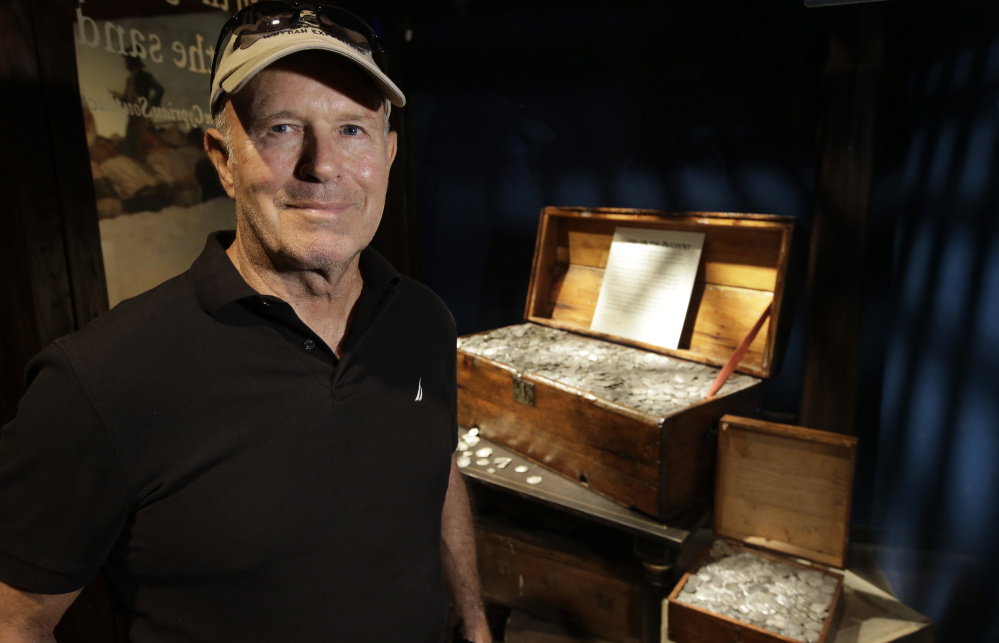
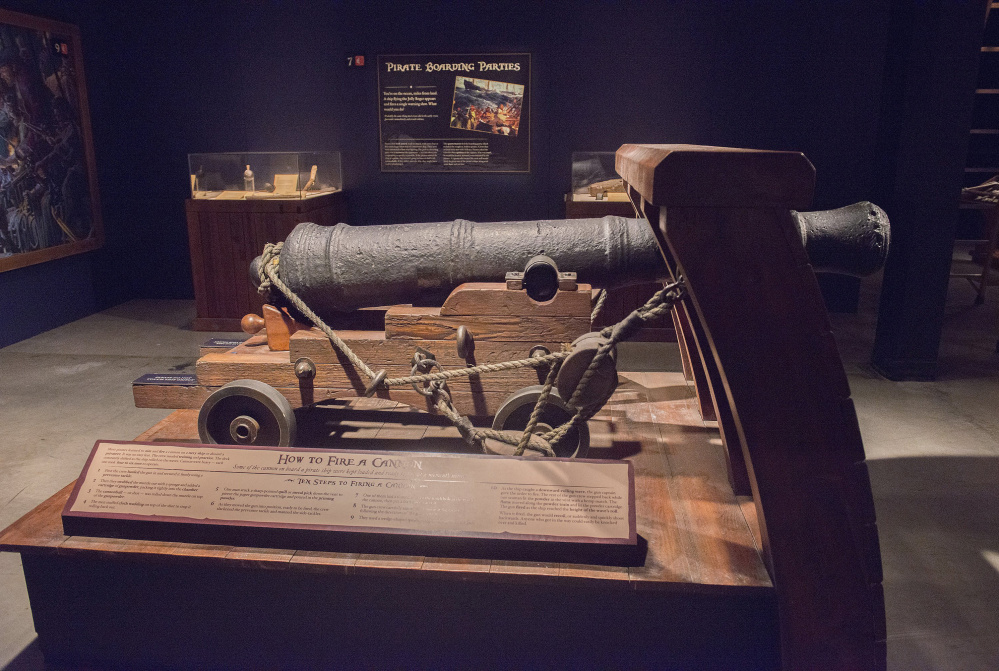
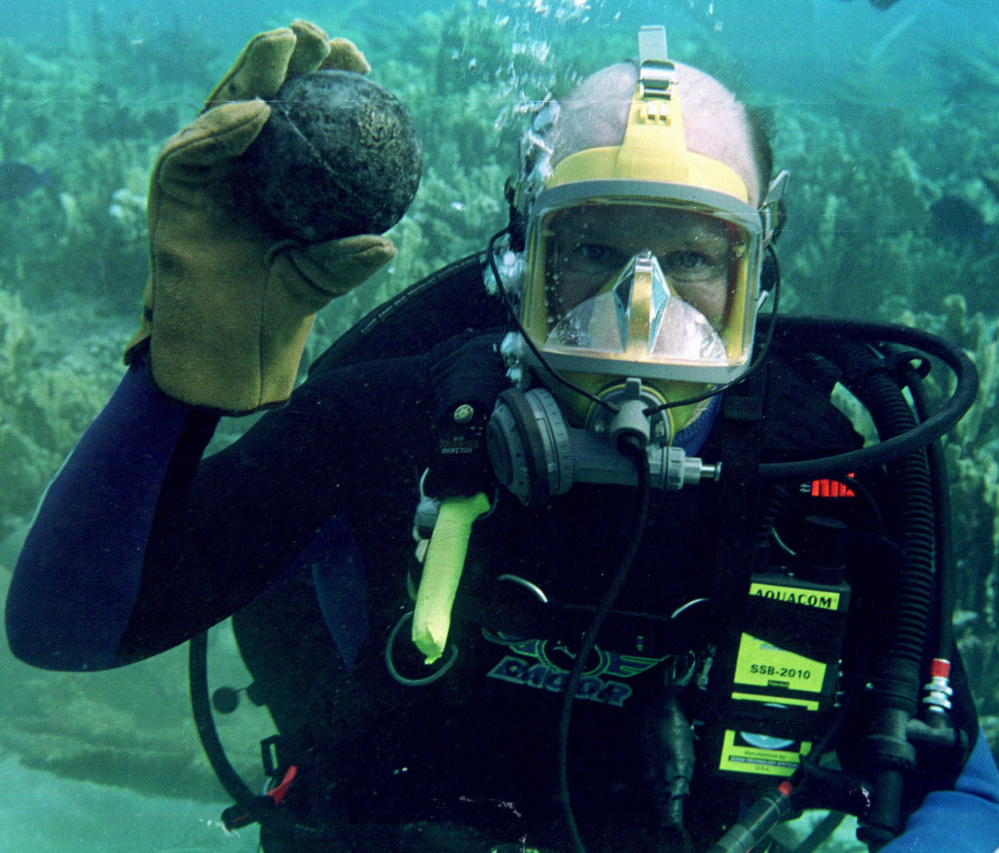
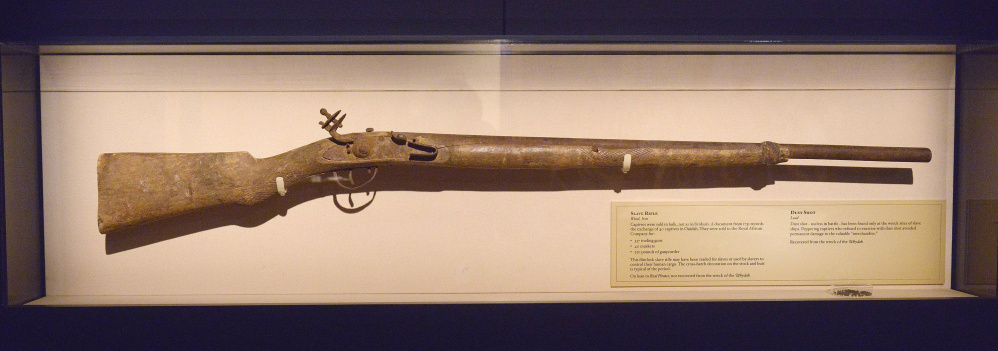
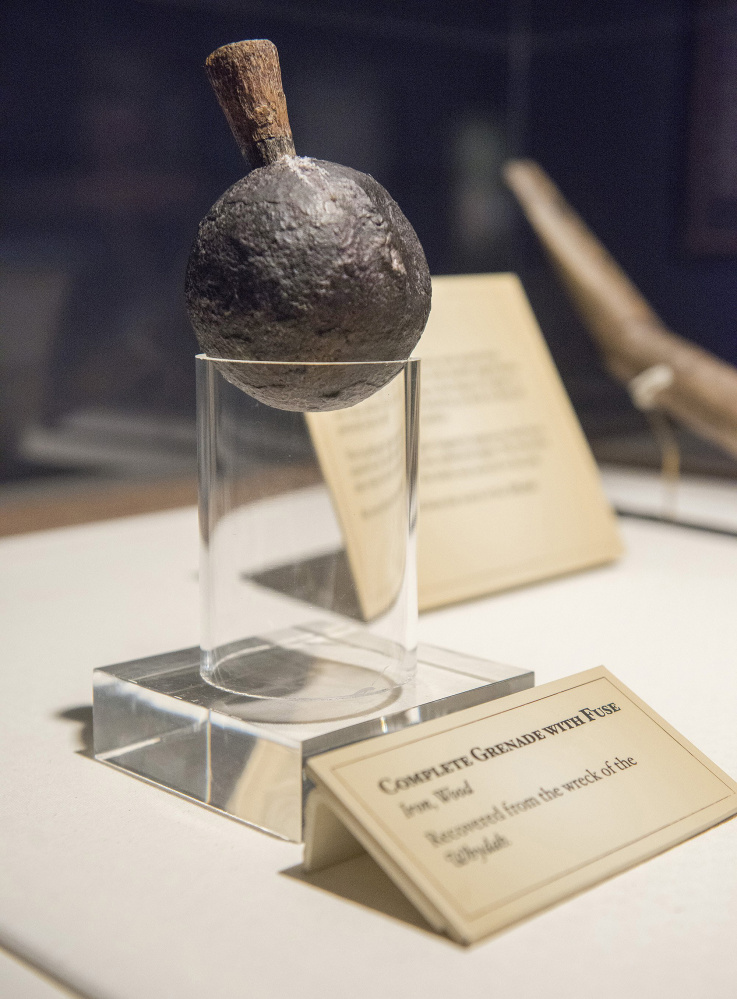
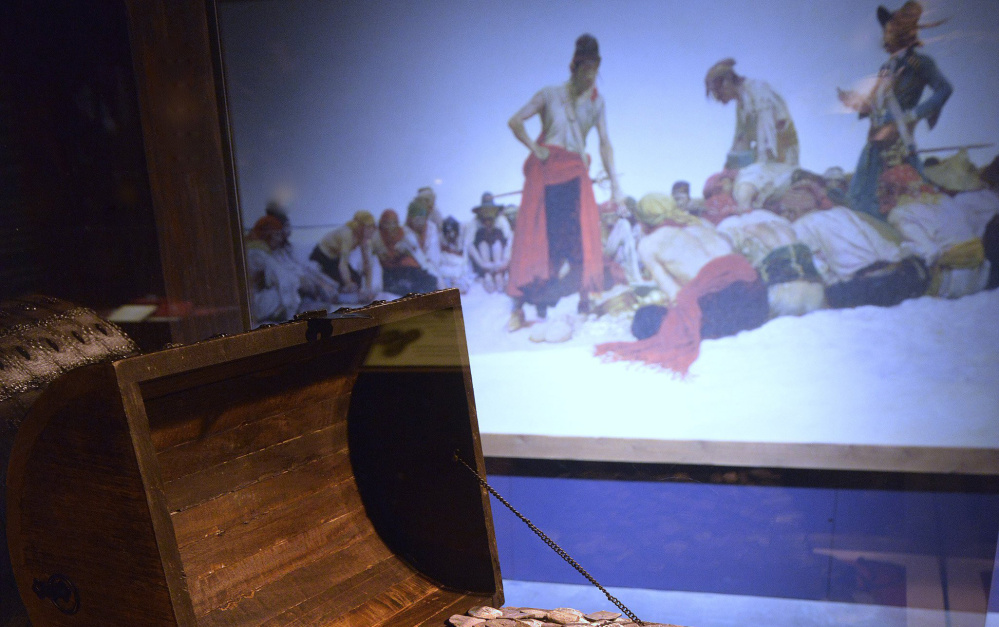
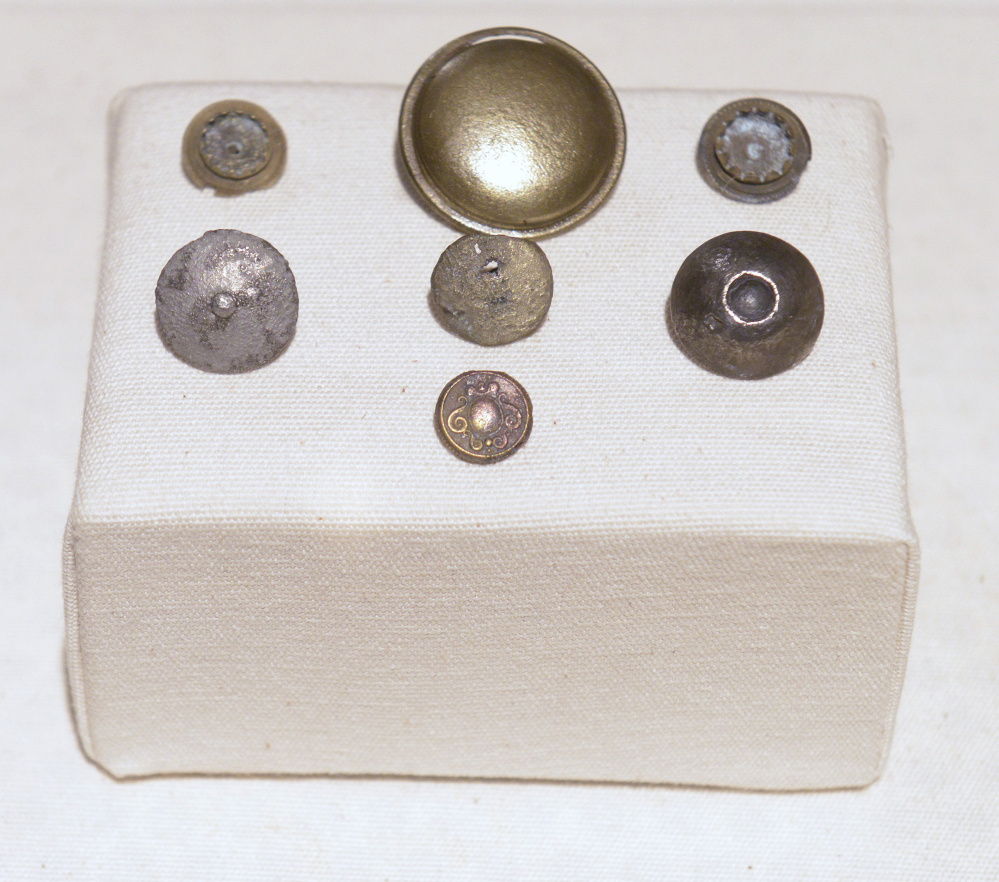
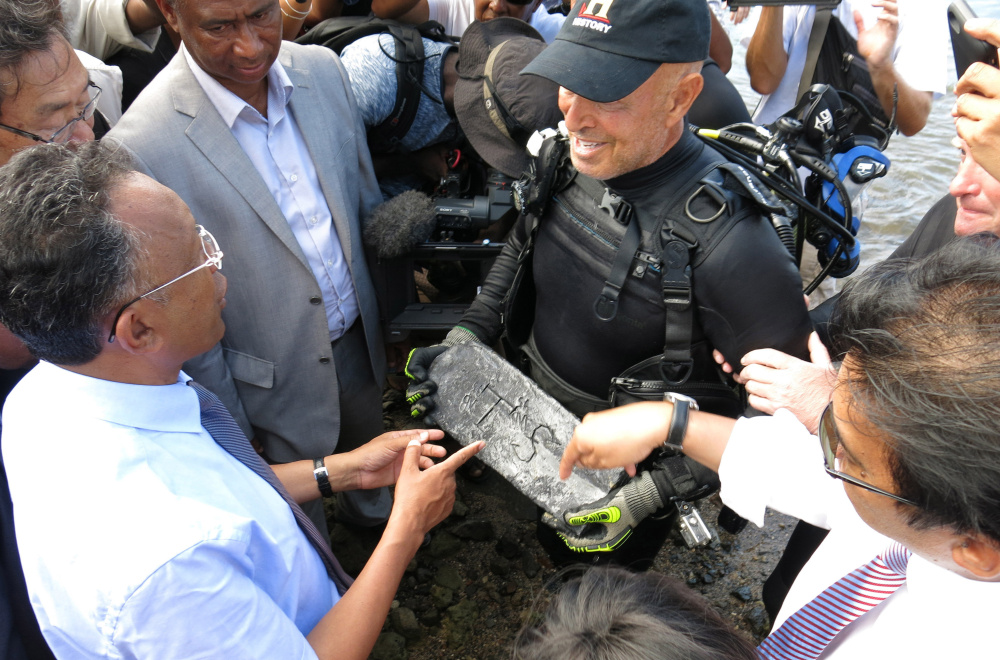

Success. Please wait for the page to reload. If the page does not reload within 5 seconds, please refresh the page.
Enter your email and password to access comments.
Hi, to comment on stories you must . This profile is in addition to your subscription and website login.
Already have a commenting profile? .
Invalid username/password.
Please check your email to confirm and complete your registration.
Only subscribers are eligible to post comments. Please subscribe or login first for digital access. Here’s why.
Use the form below to reset your password. When you've submitted your account email, we will send an email with a reset code.